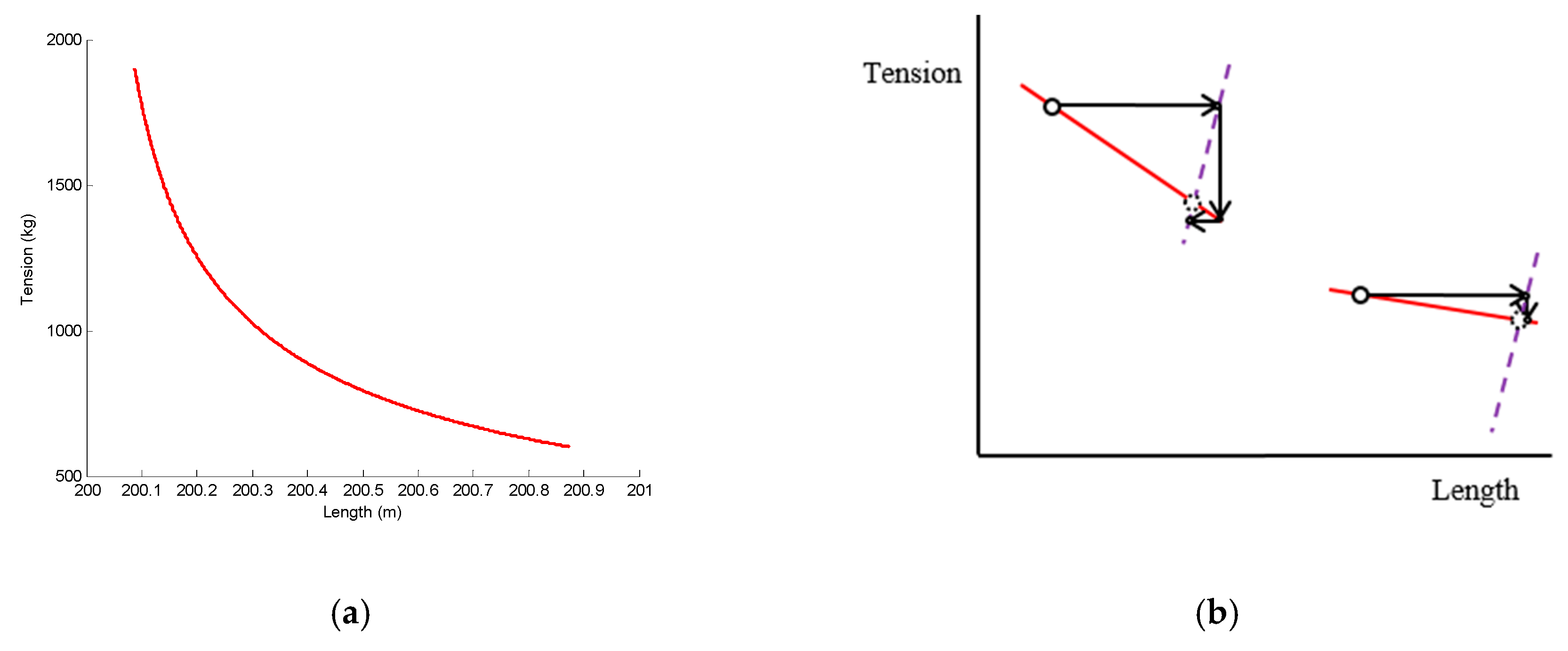

One thermal imager can accurately identify the hotspots caused by these defects. Thermovision cameras help to detect loose connections, load imbalances and corrosion, leading to temperature changes, resulting in device malfunction, possible power outages and system losses. This information is extremely useful for understanding tower locations and structural quality, determining catenary lines model, undertaking vegetative critical distance analysis, and performing repair and planning work in a corridor of transmission lines. Furthermore, LiDAR captures artificial and natural objects under and around transmission lines. Models can be created in PLS-CADD using this data to assess the different criteria for the selection of the location of transmission lines and towers. In addition, the data collected by a LiDAR survey can be connected directly to PLS-CADD. The data processed through a LiDAR survey can be directly linked to modelling software, which can provide the least expensive options for alignments, tower designs and tower positions.Ī key advantage of a LiDAR survey is the speed of data capture over conventional surveys. LiDAR is used to conduct aerial surveys to enhance route corridors for transmission lines and determine the tower position through topographic mapping using an aircraft. Meanwhile, UAVs are fitted with gimbal-mounted ultra-HD video cameras, capable of capturing high quality images and videos closely.Ī look at the new and promising aerial surveillance technologies being adopted by transmission utilities… The LiDAR data collection method offers a fast turnaround time from collection to delivery, and the ability to accurately map terrains and deliver high resolution images of towers. For instance, light detection and ranging (LiDAR) and patrolling devices, which use unmanned aerial vehicles (UAVs)/ drones, eliminate the need for physical visits to the tower site. Utilities are adopting advanced technological tools for monitoring transmission systems, to collect data via mobile and automated aerial devices. Aerial surveys using helicopters are faster, but rely on human assessment. Conventional surveying techniques including walk over survey, which entails going over to the proposed transmission line route, are both labour-intensive and inaccurate and at best give results in approximations. Further, the routine monitoring and inspection of power transmission lines through aerial surveys is vital for ensuring uninterrupted electricity transmission. Transmission line engineers involved in planning new lines and upgrades use aerial surveillance techniques to determine routes, select right tower foundations, etc.


 0 kommentar(er)
0 kommentar(er)
